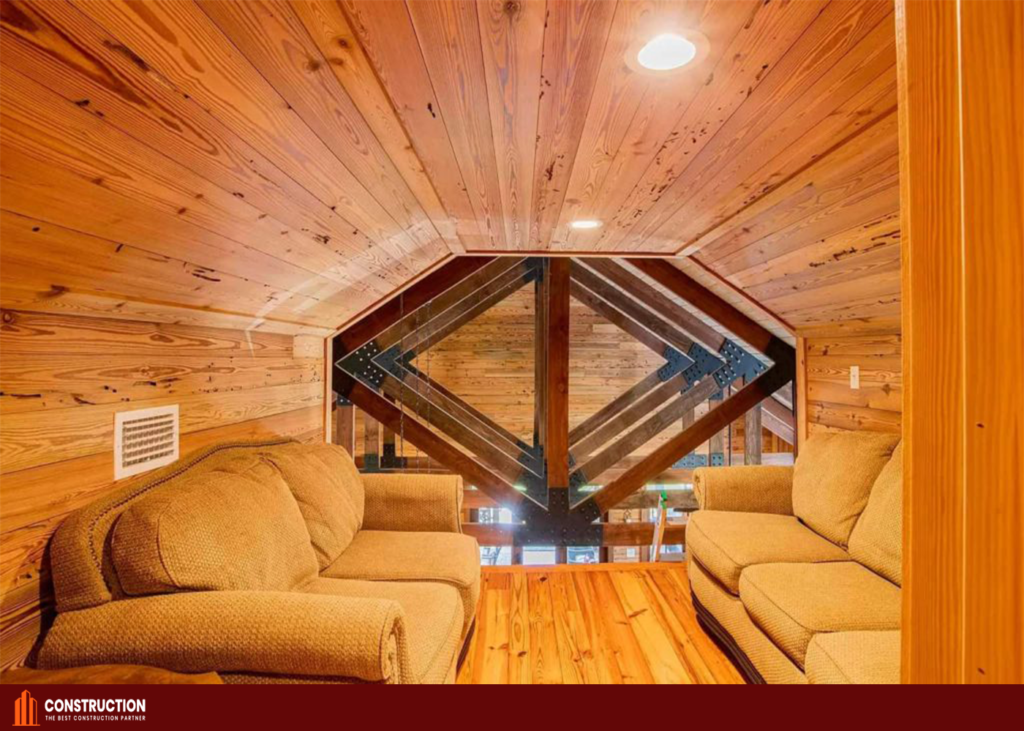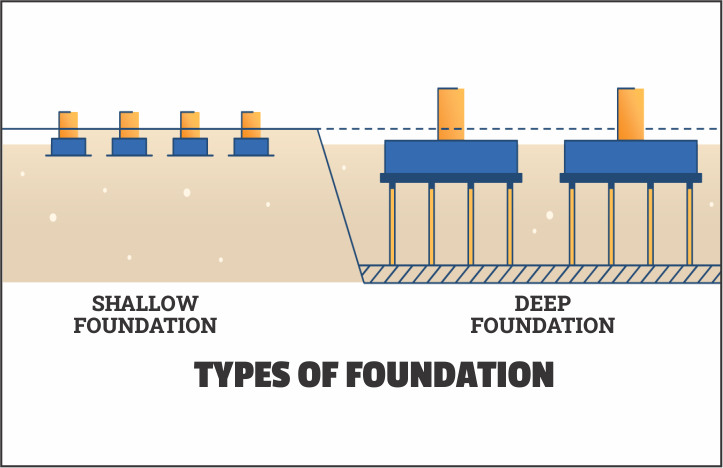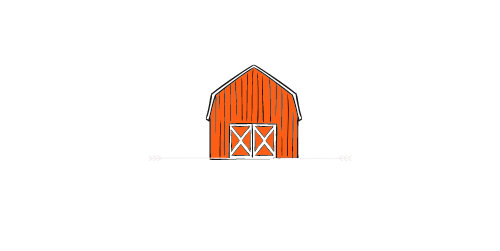Building A Barndominium: Foundation options
Building a barndominium is a lifestyle. Some people live in their barndominiums year-round, while others use them as vacation homes or rental properties. When deciding to build a barndo, you have lots of questions. This article will answer all your questions and help you decide what’s best for you.
Why live in a barndominium?

Foundation Types

Floating Foundation:

Living Options
What do you want your barndominium to be? For example, do you want a guest room? Are you looking for a place to put your RV? Do you just want to know how much the total space will cost to build so you can budget?
Do you want a dance space? Do you want a home theater? Do you want to rent out your barndominium to a traveler? Maybe you want a garage? Many options are possible depending on your situation.
Building a Barndominium Plumbing Options
Initial Costs

Some of the biggest questions a prospective barndominium builder will ask you are: How much do I want to build this barndominium? Is it safe? Where should I put it? Should I do an off-site or on-site pre-finished product?
The initial cost of a barndominium will vary depending on the size, location, and pre-finished options you choose. If you are looking to build a big complex with several units, you will need to put in an initial payment of $50,000. If you are looking to build a small complex with fewer units and more potential income, the construction cost of a pre-finished barndominium will be much less. You will need to put in only $5,000.
What are the maintenance and repairs to my barndominium going to cost me?
The main maintenance items are maintaining your gutters, pouring new concrete, washing and waxing your gutters, putting down new sealant, repairing your deck, replacing a section of your tile, putting in new carpeting, and replacing any worn out or broken fixtures or appliances. Also, you will need to pay for the utility bills that you receive from your utility providers such as water, electric, natural gas, and HVAC.
Conclusion
In this article, we discussed some of the building principles of barndominiums. Hopefully, you can now determine the building features and which features are necessary for your project. Our next article will discuss barndominium units and units, or home types, that you can build. As always, feel free to contact us if you have any questions. We would love to help you!
